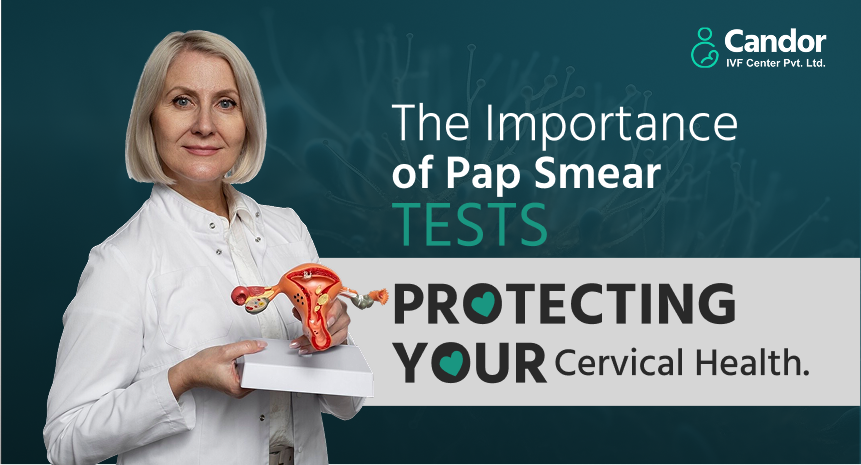Cervical cancer is a serious health concern for women, but it’s also one of the most preventable cancers. Regular Pap smear tests play a crucial role in early detection and prevention. If you’re a woman in Surat, understanding the importance of Pap smears and how often you should get tested is vital for protecting your cervical health.
✓ What is a Pap Smear Test?
A Pap smear, also known as a Pap test, is a simple and quick procedure used to screen for cervical cancer and other cervical abnormalities. During the test, a small sample of cells is collected from the cervix, the lower part of the uterus that opens into the vagina. These cells are then examined under a microscope to look for any changes that could indicate cancer or precancerous conditions.
✓ Why are Pap Smear Tests Important?
Pap smears are essential because they can detect cervical cell changes before they turn into cancer. Early detection significantly increases the chances of successful treatment and can even prevent cervical cancer altogether. The test can also identify other issues, such as infections or inflammation of the cervix.
✓ Who Should Get a Pap Smear Test and How Often?
Guidelines vary slightly depending on age and risk factors, but generally:
• Starting at age 21:
Most women should begin having Pap smears at age 21.
• Ages 21-65:
The recommended frequency for Pap smears is typically every three years if your results are normal. However, your doctor may recommend more frequent testing if you have certain risk factors, such as:
– HPV (human papillomavirus) infection
-A weakened immune system
– Smoking
• Over 65:
Many women over 65 can stop having Pap smears if they have had normal results for several years. However, it’s essential to discuss this with your doctor.
✓ What to Expect During a Pap Smear Test:
Preparation:
You’ll be asked to undress from the waist down and lie on an examination table with your feet in stirrups.
Speculum Insertion:
Your doctor will gently insert a speculum into your vagina. The speculum helps to hold the vaginal walls open so the cervix can be seen.
Cell Collection:
Using a small brush or spatula, your doctor will collect a sample of cells from your cervix. This may cause a slight cramping sensation.
Sample Analysis:
The collected cells are sent to a laboratory for examination.
Results:
Your doctor will contact you with the results of your Pap smear.
✓ What Do the Results Mean?
1) Normal – A normal result means that no abnormal cells were found.
2) Abnormal – An abnormal result doesn’t necessarily mean you have cancer. It could indicate various conditions, such as an infection, inflammation, or precancerous changes. Your doctor will likely recommend further testing, such as a colposcopy or HPV testing, to determine the cause of the abnormal result.
Regular Pap smear tests are a vital part of protecting your cervical health. If you’re due for a Pap smear in Surat, schedule an appointment with your doctor or gynecologist.








